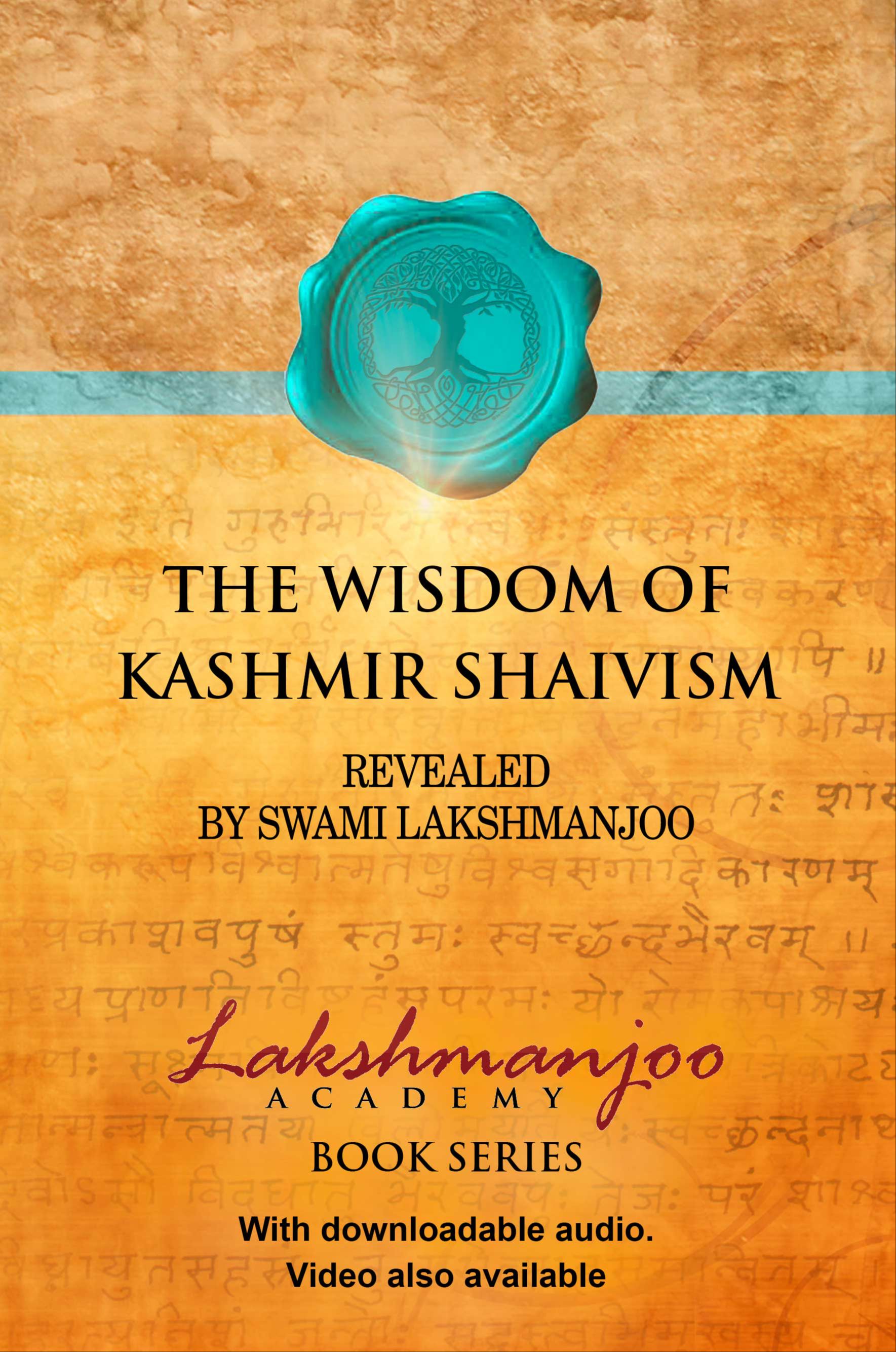
In this excerpt, from the Manual for Self Realization: 112 Meditations of the Vijnana Bhairava Tantra, (verses 16b-19), Swami Lakshmanjoo answers the question of whether there is a difference of supremeness between Lord Śiva and Pārvatī. In order to answer this, he first clarifies who is to be worshiped and who is the worshiper.

एवंविधे परे तत्त्वे
कः पूज्यः कश्च तृप्यति ॥१६॥
evaṁvidhe pare tattve
kaḥ pūjyaḥ kaśca tṛpyati // 16b //
When you put this thing in your view, evaṁ vidhe, in this supreme essence of transcendental truth, who is to be worshiped and who is the worshiper? Kaḥ pūjyaḥ, who is to be worshiped? Kaśca tṛpyati, who is the worshiper?
एवंविधा भैरवस्य
यावस्था परिगीयते ।
सा परा, पररूपेण
परादेवी प्रकीर्तिता ॥१७॥
evaṁvidhā bhairavasya
yāvasthā parigīyate /
sā parā pararūpeṇa
parādevī prakīrtitā // 17 //
This state of Bhairava that is already sung in the body of the Tantras, yāvasthā parigīyate (parigīyate, sung), that state is in Its supreme way (pararūpena), [and It] is the state of Bhairavī (parā devī).
In other words,
The real state of Bhairava is the state of Bhairavī.
Whenever you explain, whenever you find out, what is the real state of Bhairava, you can’t find it out because the real state of Bhairava is, in fact, the real state of the knower. It can’t be found [because] It is the [finder]. The real state of Bhairava is the perceiver, It is not perceived. You can’t perceive that state.
When It is perceived, when there is a desire in you to perceive It, you can perceive It [only] when It comes down in the state of Bhairavī. So that is the way. When you tread on the level of Pārvatī, then you are treading on the path.
This is the journey we have to do, the journey we have to do in the field of Pārvatī, not in the field of Bhairava [where] there is no journey. He is the knower of everything, so It can’t be found, that state cannot be found. That state can only be found when It comes down one step lower at the state of Pārvatī.
So, now, here we will describe one hundred and twelve ways to enter in the universal and transcendental state of consciousness. One hundred and twelve ways will be explained in this book, and those one hundred and twelve ways will reside only in the field of Pārvatī. It can’t reside in the field of Bhairava because Pārvatī is the way.
This is what he puts down [as] the foundation stone for entering in the consciousness of the one hundred and twelve ways.
Evaṁvidhā bhairavasya yāvasthā parigīyate, this state of Bhairava, which is sung in the Tantras, is really the supreme state of the Goddess, Pārvatī (sā parā pararūpeṇa, in Its supreme way is parā devī prakīrtitā).
But is there any difference of supremacy?
Is there a difference of supremeness between Lord Śiva and Pārvatī?
This is what he explains now.
शक्तिशक्तिमतोर्यद्वत्
अभेदः सर्वदा स्थितः ।
अतस्तद्धर्मधर्मित्वात्
परा शक्तिः परात्मनः ॥१८॥
śaktiśaktimatoryadvat
abhedaḥ sarvadā sthitaḥ /
atastaddharmadharmitvāt
parā śaktiḥ parātmanaḥ // 18 //
Just as between energy and the holder of energy there is no differentiation at all to be found–always there is abheda, there is unity, unity between energy and the holder of energy (śakti and Śiva), there is no differentiated-ness–in the same way, tat dharma dharmitvāt (tat dharma means, all the aspects of Lord Śiva–tad dharma; tat means Lord Śiva, of Lord Śiva), all the aspects of Lord Śiva are held by Pārvatī Herself (tat dharma dharmitvāt).
“Dharmi” is the holder of all aspects. Dharmi, who is dharmi? Pārvatī. Tat dharma, all the aspects of Lord Śiva are held by Pārvatī.
So, parā śakti parātmanaḥ, that supreme energy is the energy of the supreme Lord. There is no difference in any case.
न वह्नेर्दाहिका शक्तिः
व्यतिरिक्ता विभाव्यते ।
केवलं ज्ञानसत्तायां
प्रारम्भोऽयं प्रवेशने ॥१९॥
na vahnerdāhikā śaktiḥ
vyatiriktā vibhāvyate /
kevalaṁ jñānasattāyāṁ
prārambho’yaṁ praveśane // 19 //
Because, when there is a fire (for instance, there is a fire), its energy is dāhikā56, [and dāhikā’s] energy is pācikā57 [and] prakāśikā58. All these energies are owned by fire, but those energies–lightning, giving light, burning, heating, all these energies are produced from fire–but these energies are undifferentiated with fire. From fire, these energies are not different from fire. That is what he says: na vahner, from fire, dāhikā śakti, the energy of burning, burning energy, is not vyatiriktā (separated) vibhāvyate (found), it is not found that it is separated.
Kevalaṁ jñāna sattāyāṁ prārambho’yaṁ praveśane, it is just to enter in that state of fire, i.e., to put a kettle on it or to put fuel on it (dāhikā, prakāśikā, and pācikā). It is just to enter in the state of fire, i.e., to put fuel and to put that kettle [on it].
So, [in the same way], it is just to enter in the jñāna sattā59 of Lord Śiva. You have to enter in the jñāna sattā of Lord Śiva, and [although] you are maintaining the nāvatma mantra and all these [processes], these are nothing. [They are] only prārambha, just to begin with.
_______
56 Burning.
57 Cooking.
58 Illumination.
59 Knowledge or intelligence (jñāna) of Being or existence (sattā).
60 Aspirant.
61 Contemplation, meditation, in continuity; when you sentence your mind with awareness to one point.
by Swami Lakshmanjoo






